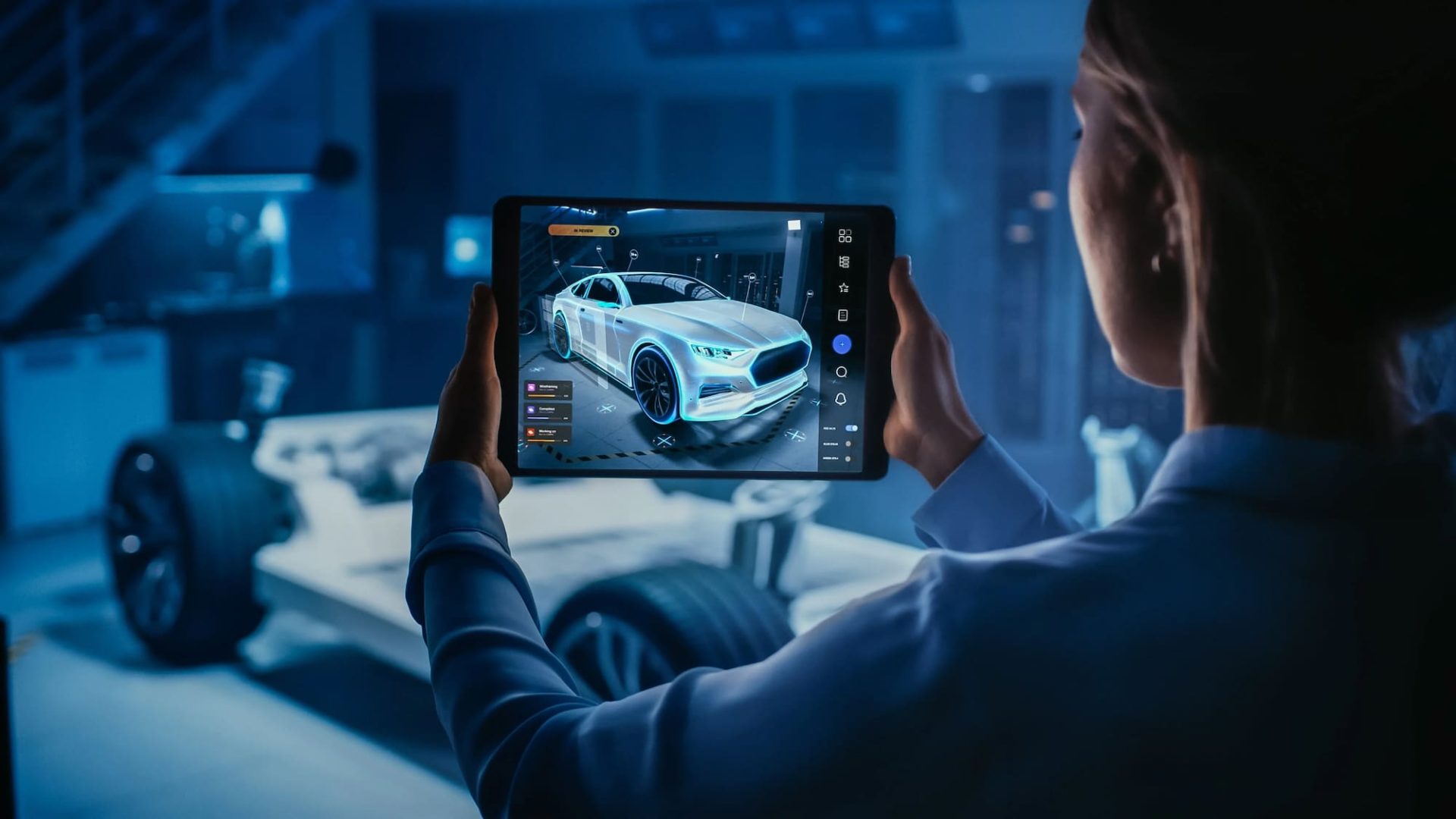In the digital age, capturing the attention of potential customers can be a daunting task. Traditional marketing methods often fall short, especially when it comes to showcasing complex products. Enter augmented reality (AR) — a game-changing technology that bridges the gap between the physical and digital worlds. By integrating AR into product demonstrations, businesses can create immersive experiences that engage customers, enhance understanding, and drive sales. Here’s how to effectively use augmented reality in product demonstrations.

Table of Contents
Toggle1. Understand the Basics of Augmented Reality
Before diving into implementation, it’s essential to understand what augmented reality is. AR overlays digital content (such as images, videos, or animations) onto the real world through devices like smartphones, tablets, or AR glasses. This technology allows users to visualize products in their environment, providing a more interactive and engaging experience.
2. Define Your Objectives
Start by defining the objectives of your AR product demonstrations. Consider the following goals:
- Enhancing Customer Engagement: Create memorable experiences that captivate your audience.
- Improving Product Understanding: Help customers visualize how the product works or fits into their lives.
- Increasing Conversion Rates: Drive sales by providing an interactive way for customers to experience the product.
Clearly defined objectives will guide your AR strategy and ensure that your demonstrations resonate with your target audience.
3. Choose the Right AR Technology
There are various AR technologies and platforms available, each with its own capabilities. When selecting the right one for your product demonstrations, consider the following:
- Marker-Based AR: This type uses images or QR codes as markers to trigger the AR experience. Customers can scan these markers to view 3D models or animations related to the product.
- Markerless AR: This technology does not rely on specific markers; instead, it uses the device’s GPS and sensors to place digital content in the real world. It’s ideal for applications like furniture visualization.
- Projection-Based AR: This method projects digital content onto physical surfaces. It’s often used in retail environments to create dynamic displays.
Choose a technology that aligns with your product and the experience you want to create.
4. Create Compelling AR Content
Once you’ve chosen your AR platform, it’s time to develop engaging content that highlights your product’s features and benefits. Consider the following tips:
- Showcase Key Features: Focus on the unique selling points of your product. Use AR to demonstrate how these features work in real time.
- Utilize 3D Models: Create detailed 3D models of your product that customers can interact with. This allows them to explore different angles, colors, and sizes.
- Incorporate Animation: Use animations to illustrate how the product functions or the process involved in using it. Dynamic visuals can enhance understanding and retention.
- Tell a Story: Frame your product demonstration within a narrative. Storytelling can make the experience more relatable and memorable.
5. Integrate AR into Your Marketing Strategy
Once your AR content is ready, integrate it into your broader marketing strategy. Here are some ways to do so:
- Website Integration: Embed AR experiences directly on your product pages. This allows customers to access demonstrations while browsing your site.
- Social Media Campaigns: Leverage platforms like Instagram or Snapchat that support AR filters and effects. Create interactive ads or posts that encourage users to engage with your product.
- In-Store Experiences: Utilize AR in physical retail locations. Set up displays where customers can interact with AR demonstrations using their smartphones or AR devices.
- Event Marketing: Incorporate AR demonstrations into trade shows or promotional events. This can help draw crowds and create buzz around your products.
6. Promote the AR Experience
To maximize the reach and impact of your AR demonstrations, promote the experience across various channels:
- Email Marketing: Announce your new AR features in your email newsletters. Include links or instructions on how to access the AR experiences.
- Influencer Partnerships: Collaborate with influencers who can showcase your AR demonstrations to their audience. Their endorsement can enhance credibility and drive traffic.
- Interactive Tutorials: Create video tutorials or guides that explain how to use the AR feature. This can help customers feel more comfortable engaging with the technology.
7. Gather Feedback and Analyze Results
After launching your AR product demonstrations, gather feedback from users to understand their experiences. Consider using surveys or monitoring social media reactions. Analyze key performance indicators (KPIs) such as:
- Engagement Rates: Measure how many users interacted with the AR content.
- Conversion Rates: Track whether the AR demonstrations led to increased sales or inquiries.
- Customer Satisfaction: Assess user feedback to gauge satisfaction and identify areas for improvement.
This data can help you refine your AR strategy and make future demonstrations even more effective.
Conclusion
Augmented reality offers a powerful tool for product demonstrations, enabling brands to create immersive experiences that captivate and engage customers. By understanding the technology, defining clear objectives, creating compelling content, and integrating AR into your marketing strategy, you can enhance product understanding and drive sales. As AR technology continues to evolve, embracing it in your product demonstrations will not only set you apart from competitors but also create lasting connections with your audience.


No responses yet